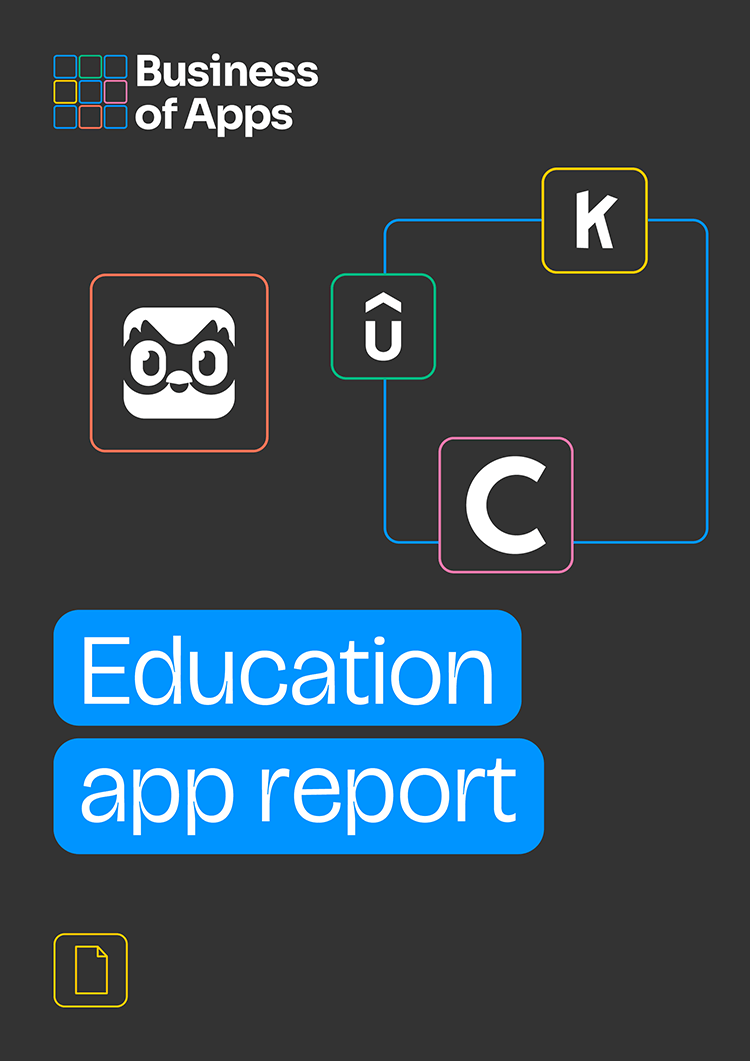The language learning app sector was imported from the desktop courses available in the mid-2000s, which offered classes through CDs, desktop apps or, as was new and trendy at the time, on the web.
Babbel and Busuu were part of this initial wave of language learning web apps, but Rosetta Stone was still the premier-service, having sold language learning CDs since the early 1990s.
What several of these new language learning services offered was free courses or community-built lessons. The founders of Duolingo were especially focused on building a language app that could be accessed by anyone in the world.
Through this community building, Duolingo and Memrise have published hundreds of courses on rare and fictional languages. Some languages have even been saved from extinction through the course creators using these apps.
Building language learning apps for mobile led to the gamification of the sector, with prizes for finishing a course, flashcards, health bars and other gaming features to make learning a language informal and fun.
That has led to criticism from some, although research has shown that the gamification of language learning can lead to improved outcomes for learners. It also enables new forms of learning which are uncommon in classrooms and overnight courses.
During the coronavirus pandemic, educational app usage surged, as schools looked to use apps as homework. Many language learning apps received a similar boon, as even with most of the world stuck in their own country, more people wanted to learn new languages.
Even with this growth, less than one third of language learning is done on mobile, with the rest performed offline or on PC. One issue with relying fully on apps is that most are not sophisticated enough for learners to reach fluent stage, meaning they need to take courses after learning on the app to become fully fluent in another language.
Other apps, such as HelloTalk and Tandem, have tried to fix this by letting users have conversations with native speakers. If the user gets a sentence wrong, these apps provide instant feedback either from the native speaker or using AI.
We have collected data and statistics on the language learning sector. Read on below to find out more. If you want to dive deeper into the education app market, check out our premium report.
Key Language Learning Statistics
- Language learning apps generated $1.08 billion in 2023, a 28% year-on-year increase
- Duolingo made the most revenue of all apps, reporting $531 million in 2023
- Duolingo also had the most usage in 2023 by a large margin
- Language learning apps were downloaded 231 million times in 2023
Education App Report 2025
Want to learn more about the Education app industry? In our Education App Report, we cover financials, forecasts, usage, downloads, demographics and benchmarking data.
Top Language Learning Apps
| Title | Description | |
|---|---|---|
| https://www.businessofapps.com/data/duolingo-statistics/ | Duolingo | The most popular and highest grossing language learning app in 2021, which went public on the NASDAQ |
| https://www.businessofapps.com/data/babbel-statistics/ | Babbel | In a world of freemium services, Babbel stands out as a paid-for only service, which hit 10 million subscriptions |
| https://www.businessofapps.com/data/busuu-statistics/ | Busuu | Popular in the EMEA region, with Russia and Turkey being two of the most active countries. Has 10,000 live tutors available |
| https://www.businessofapps.com/data/memrise-statistics/ | Memrise | Designed by two experts in memory, Memrise has won multiple awards for its app, including Google's App of the Year 2017 |
| https://kahoot.com/home/learning-apps/drops/ | Drops Kahoot! | Users learn the language through identifying different images, with 45 languages available |
| https://www.hellotalk.com/?lang=en | HelloTalk | Instead of teaching the language through cards or voice, this app lets native speakers talk to each other, with real-time adjustments |
| https://www.rosettastone.com/product/mobile-apps/ | Rosetta Stone | The most established language learning company, with hundreds of offline courses. It has 52 apps for all types of language teaching |
| https://www.tandem.net/ | Tandem | Similar to HelloTalk, Tandem is focused on conversations with native speakers. It includes sign and fictional languages |
| https://www.lingodeer.com/ | LingoDeer | Unlike most language learning platforms which prioritise European languages, LingoDeer has several Asian courses available |
| https://www.mondly.com/ | Mondly | A Romanian-based language learning platform which has already launched multiple VR apps, and offers 33 language courses |
Education App Market Landscape
The education app market covers a wide range of subsectors, spanning everything from games that teach kids aged 2-8 years old maths and English, to further education for people to learn new skills. Foreign language tutoring is one of the largest of these subsectors, with hundreds of apps offering the ability to learn new languages. You can download this map as a PDF, which includes a landscape version for presentations.
Language Learning App Revenue
Revenue in the language learning app sector reached $1.08 billion in 2023. Online services cover about 12% of the total income in the language learning industry.
Language learning app revenue 2018 to 2023 ($mm)
Language Learning Revenue by App
Duolingo has grown at a rapid rate over the past three years and is responsible for about half of all language learning app revenues.
Language learning revenues by app 2018 to 2023 ($mm)
Language Learning Usage Market Share
Duolingo was the dominant language learning platform for usage, with 60% of all language learning app usage coming from that app.
Language learning app usage market share 2023 (%)
Language Learning App Downloads
Language learning apps were downloaded 231 million times in 2023, an improvement on 2022 but still below 2020 levels.
Language learning app downloads 2018 to 2023 (mm)
More Education App Data
- Memrise Revenue and Usage Statistics (2025)
- Chegg Revenue and Usage Statistics (2025)
- Online Courses App Revenue and Usage Statistics (2025)
- Babbel Revenue and Usage Statistics (2025)
- Education App Revenue and Usage Statistics (2025)
- Education App Benchmarks (2025)
- Busuu Revenue and Usage Statistics (2025)
- Duolingo Revenue and Usage Statistics (2025)




